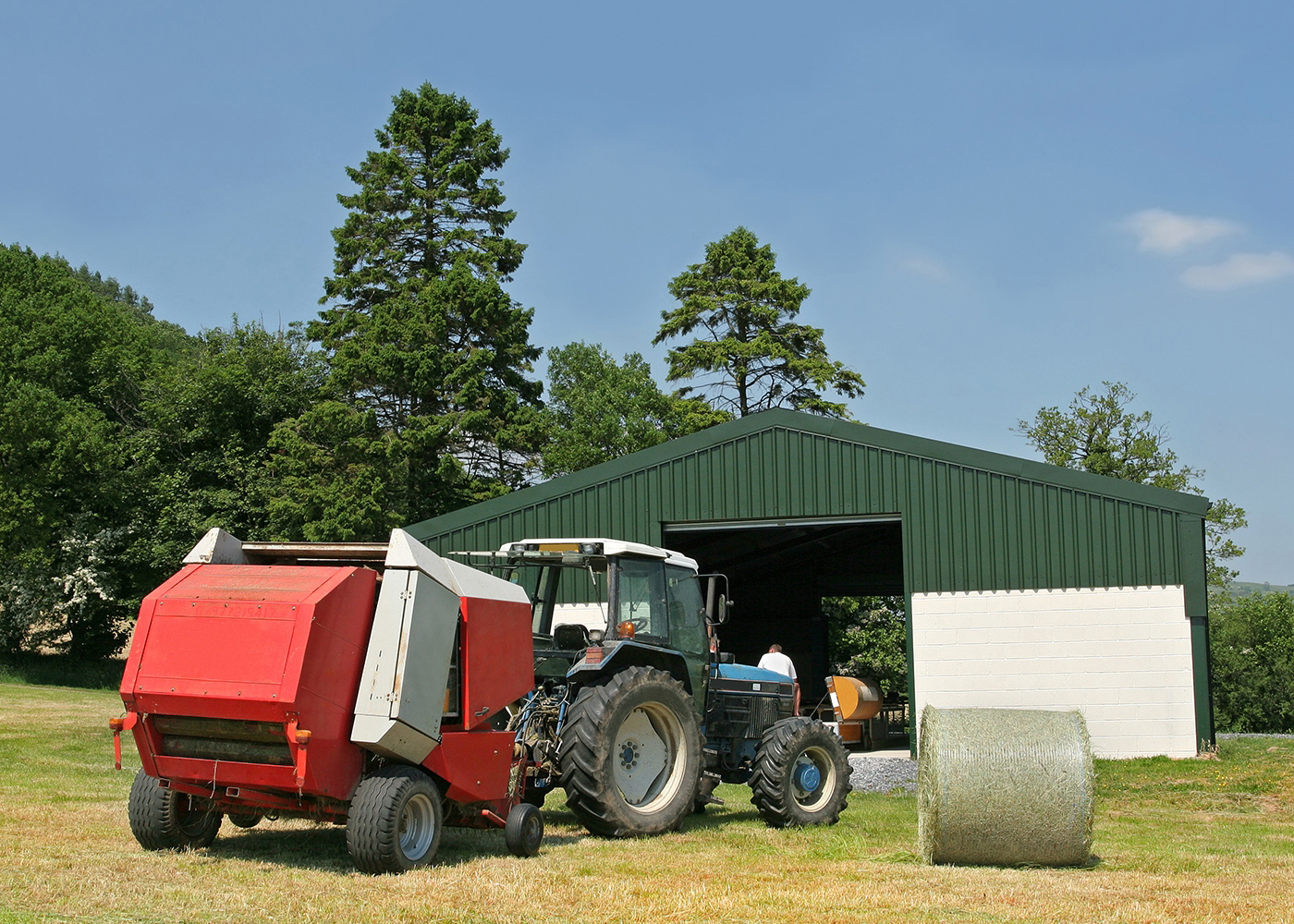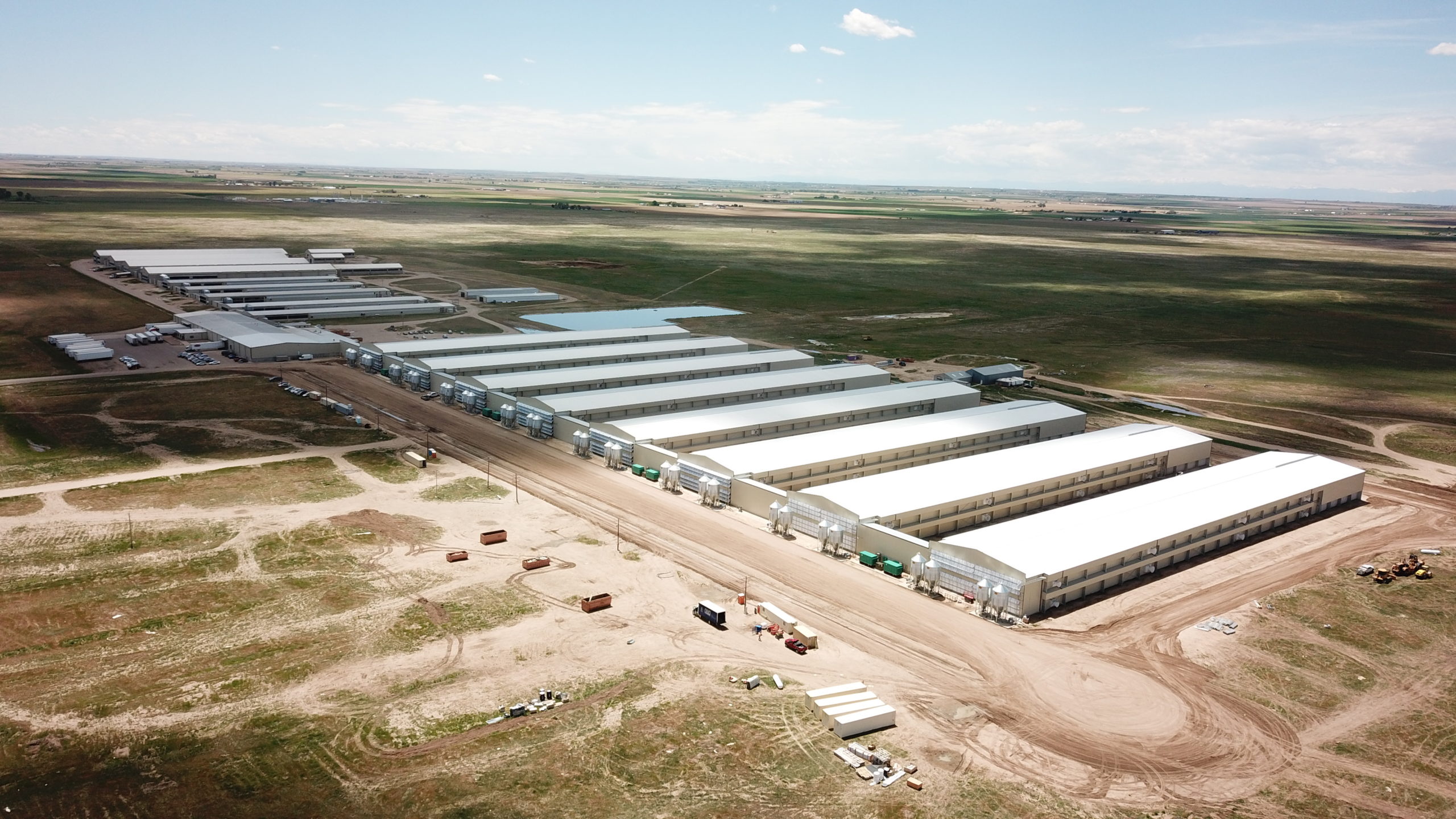Recent steel tariffs have had a double-negative impact on the US farming industry over the last two years. The first big hit came when the tariffs on imported steel and aluminum went into effect. The cost of farming (new machinery and replacements parts for existing units) immediately shot up virtually overnight.
After the tariffs were expanded for agricultural products from China, US farmers were hit with retaliatory tariffs, and a full-out trade war had begun.




